RMPL expects increased profits due to decline in corn prices
Rafhan Maize Products Co. Limited, established in 1953, is a key player in Pakistan’s corn refining industry. This agro-based company operates corn processing plants across Punjab, Faisalabad, and Kotri. With Ingredion Incorporated holding a majority stake of 71%, Rafhan Maize Products serves as a vital entity within Pakistan’s food and beverage sector.
Financial Performance in CY23
📢 Announcement: We're on WhatsApp – Join Us There!
In CY23, Rafhan Maize Products achieved robust financial results. Here are the key highlights:
| Metric | Amount (PKR Billion) | Change |
|---|---|---|
| Net Sales | ~66 | Increase from ~59 |
| Gross Margin | ~21% | Up 1.2 percentage points YoY |
| Operating Income | PKR 12 Billion | 23% increase YoY |
The increase in net sales was primarily driven by higher corn procurement by the company. Notably, the gross margin improved by 1.2 percentage points year-over-year, reaching approximately 21%. This improvement contributed to an operating income of PKR 12 billion, reflecting a strong 23% growth compared to CY22.
Operational Expenses Rising
Despite positive financial growth, Rafhan Maize Products noted an increase in selling, distribution, and administrative expenses during CY23. Selling and distribution expenses rose by PKR 0.81 billion due to annual merit increases and higher distribution costs. Administrative expenses also increased, driven by inflationary impacts.
Looking ahead to CY24, the company anticipates a decline in corn prices, which could lead to improved gross margins and overall profitability. This reduction in raw material costs is expected to optimize the company’s cost structure and enhance financial performance.
Strategic Investments in Renewable Energy
Rafhan Maize Products has invested in two 4MW solar projects, reflecting its commitment to sustainability and operational efficiency. Although this initiative has resulted in increased capital expenditure (CAPEX), the integration of renewable energy sources aligns with the company’s long-term vision of sustainable operations and cost optimization.
⚠️ This post reflects the author’s personal opinion and is for informational purposes only. It does not constitute financial advice. Investing involves risk and should be done independently. Read full disclaimer →

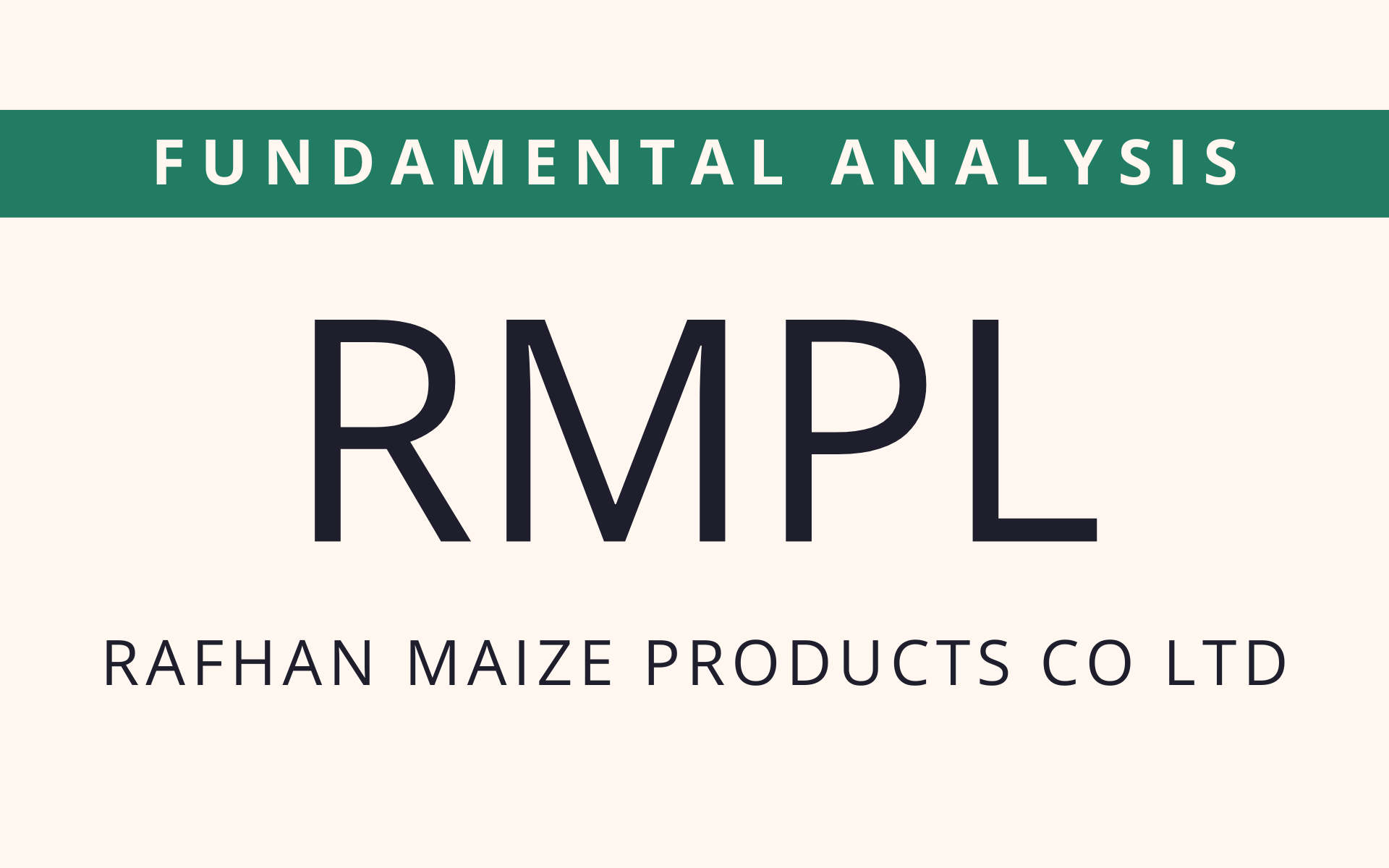


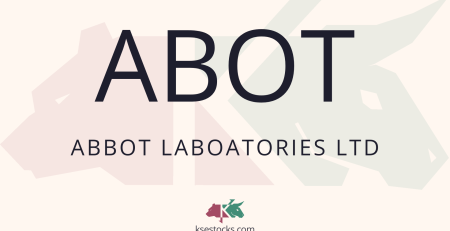
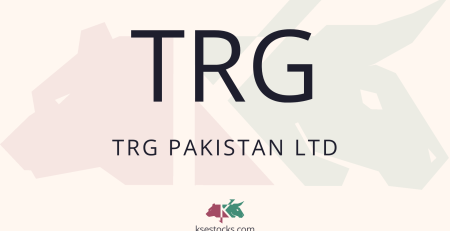



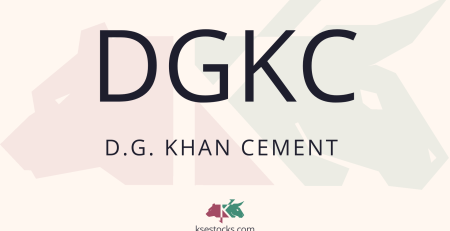
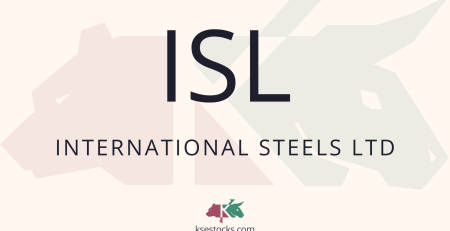
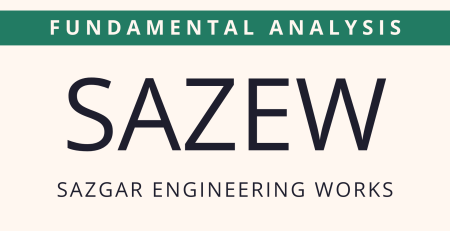
Leave a Reply